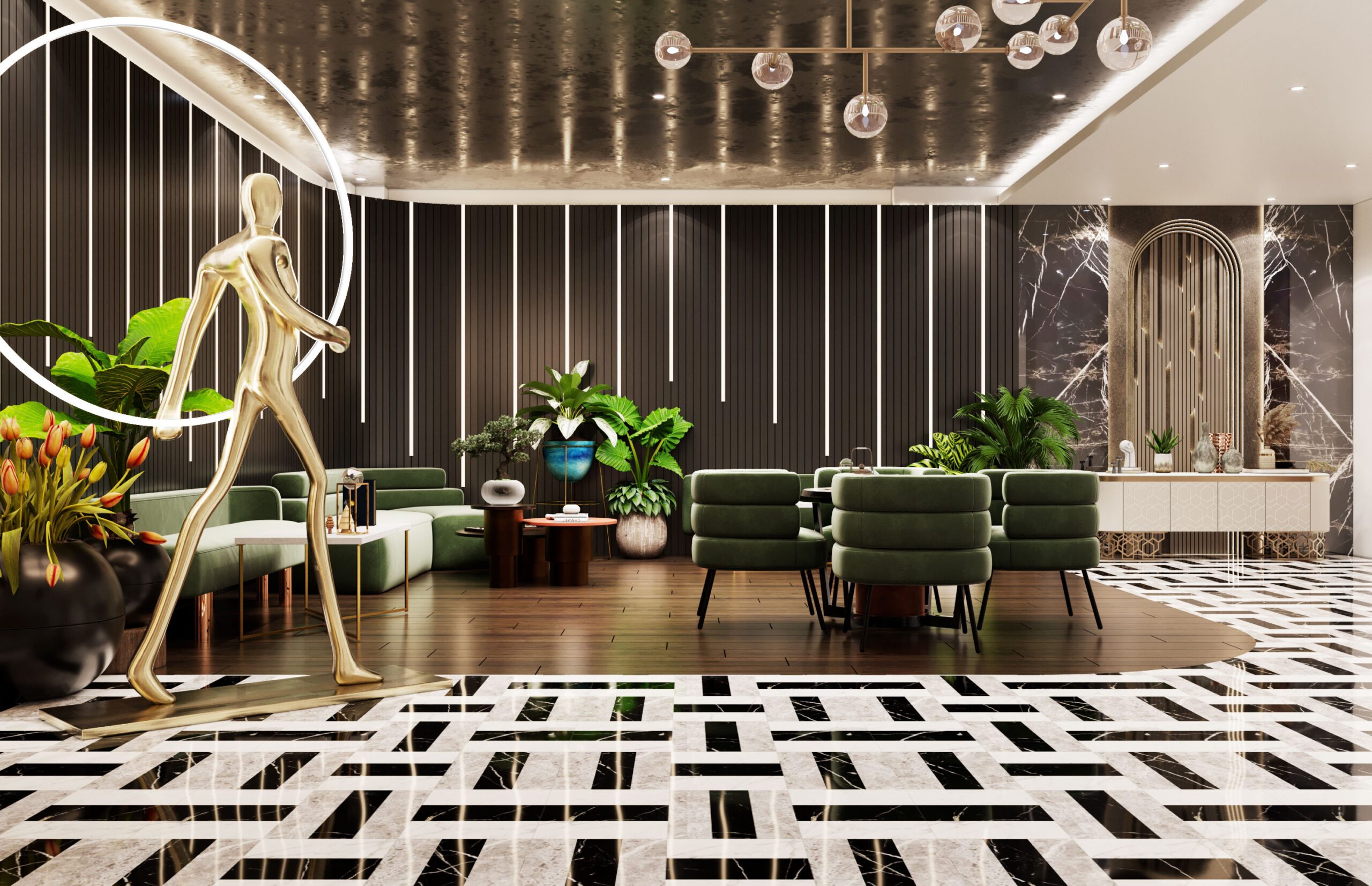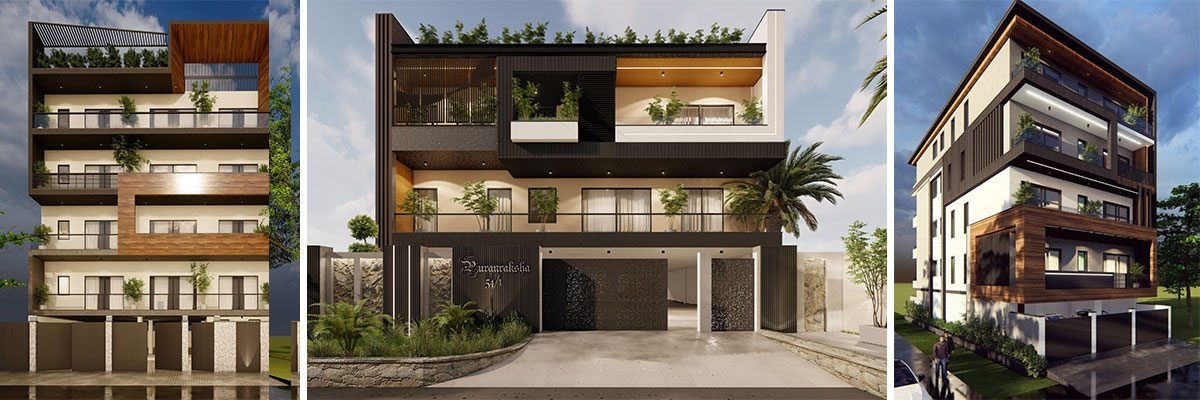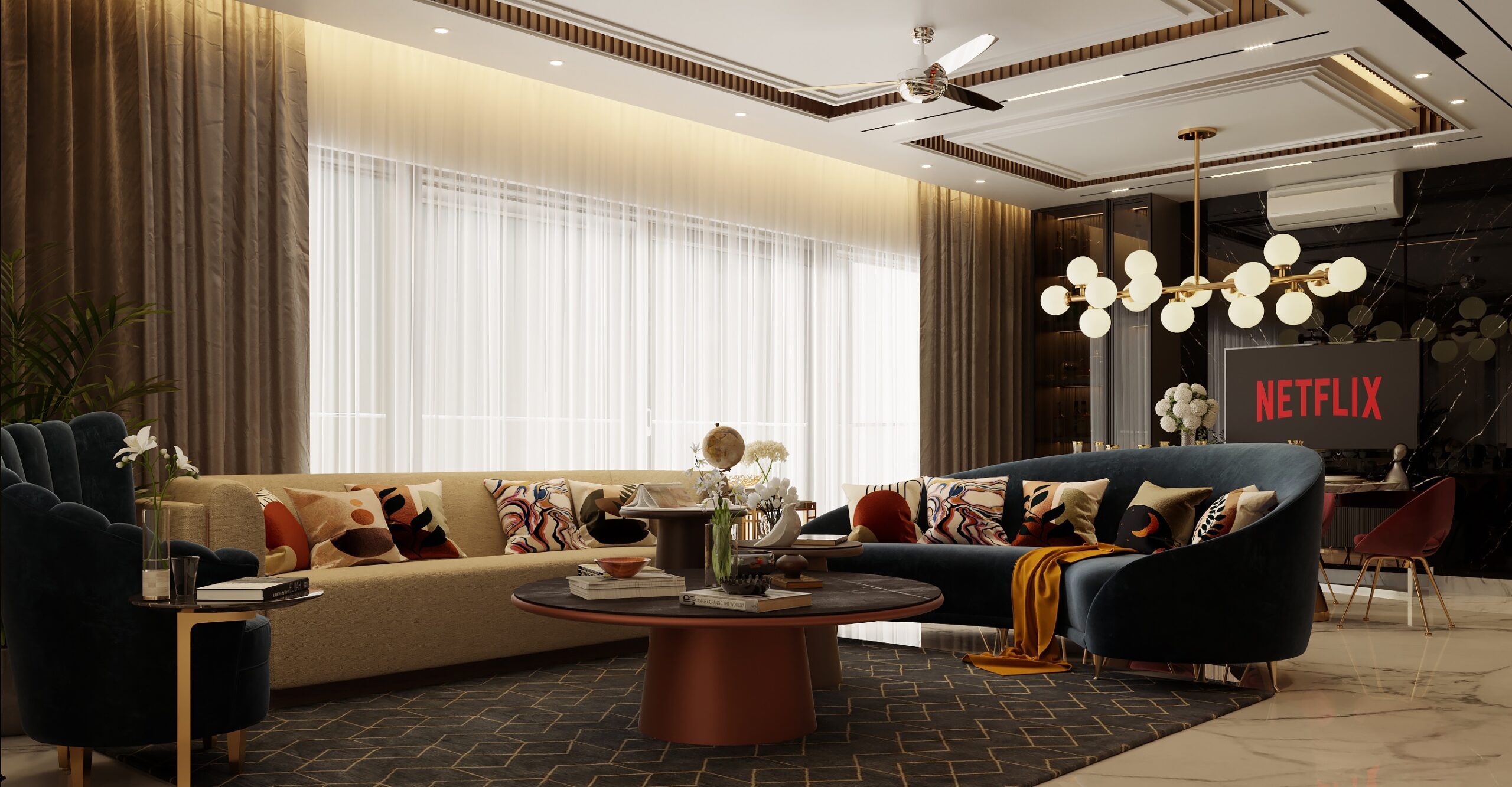
The home renovation project: learnings from doing up the studios own interior design company in gurgaon
As some of you may be aware, we recently moved our interior design center to an independent villa in the middle of DLF Phase 3 Gurgaon. This was a 50-year-old house that has now been refurbished, making it a showcase of good interior design practices for customers. The refurb project, which spread well over 3 months, taught us many new things about renovations and how best to approach them. Home renovation is an area that most customers struggle with; hence, I thought it best to pen down our experience and our learnings so that others can benefit from it. So here goes.
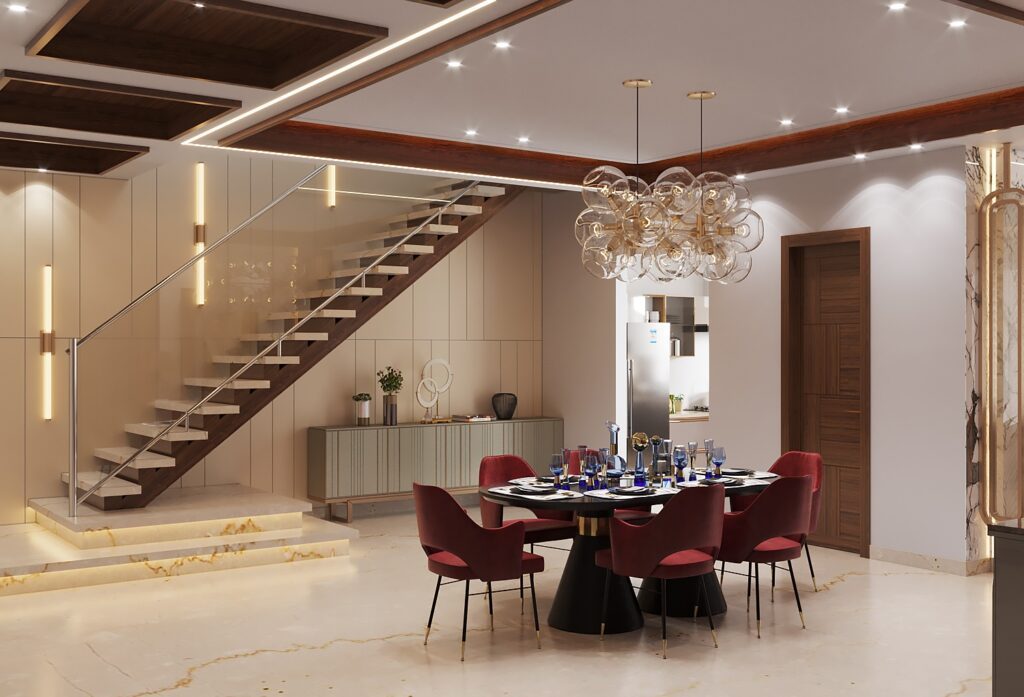
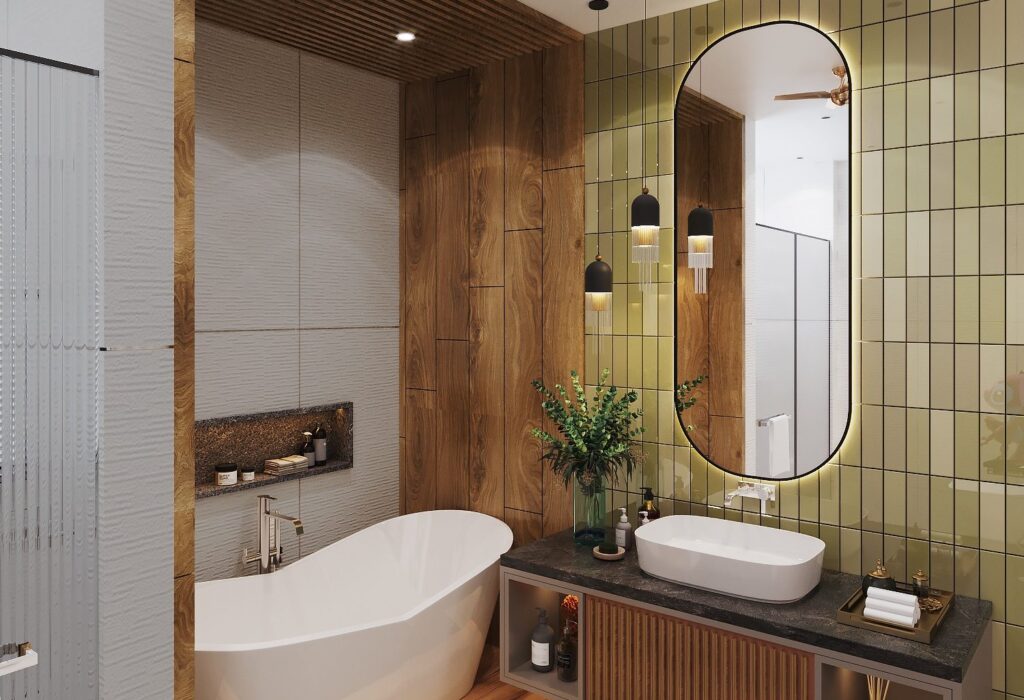
If it is an independent home, bungalow, or villa (I will call all three as villas in subsequent paragraphs) that you are renovating, then time the work to avoid the rainy season. The frequent power cuts during the rains, the difficulty of the workers getting to-and-fro, and the dampening mood of the rain affect the overall rhythm of the work. This is not as much an issue with apartment renovations where one can shut the windows and the work goes on as usual. The power backup in apartments is also a big help.
In addition, one of the first things that needs to be planned in villa renovations is the waterproofing of the roof and walls, and that is best done in bright and sunny weather. The same applies to wall painting and wood polishing; damp weather is, well, a dampener in general and best avoided.
2. Surprise! Are you ready?
Be ready for major surprises that lead to cost, scope, and time overruns. Just to give you an example, just after having finished renovating the bathroom when we did the first trial, we found that the complete drain pipe that was running outside the house was blocked and beyond repair. The whole thing had to be excavated and changed. Then, one of the old pipes started leaking and dampened the wall, messing up the wood paneling on the other side of it. The paneling itself came with its own set of surprises.
3. Do not overdesign or underdesign, and don’t forget the core.
The basic structure of a house, however old or dilapidated, is at the heart of the design that should be planned for it. It is therefore wiser to do things with a theme or in a way that fits the basic structure rather than one that conflicts with it. Dramatic deviations can mean remodeling much of the structure itself; otherwise, design and structure do not merge smoothly. Although intangible, it is one of the most important aspects that must be wisely planned and executed to achieve a natural flow in the design and aesthetics of the venue. To give an example, our place has quite large windows in the front. These had an intricate grill design; however, the lack of maintenance clearly showed on the windows. Our first step was to cover the windows with wood framing and glass, hiding both the original windows and grill and giving the front a contemporary, modern look.
We designed and rendered it on the computer, and it looked great. Then we zoomed out to visualize the window design in the context of the entire building, and suddenly it lost its sheen. We redid the render with the original large windows cleaned and restored and with a few planters and color and texture changes, and that came out far better. The team spent the next 3–5 days restoring the windows as much as possible to their original form, and that’s how they stand now at the design center today. The same thought around bringing seamlessness to the structure and the design theme is true for the wainscot design on the inside walls, the shape and choice of light fittings, the choice of murals and decor, and the false roofing and general lighting that have been done inside.
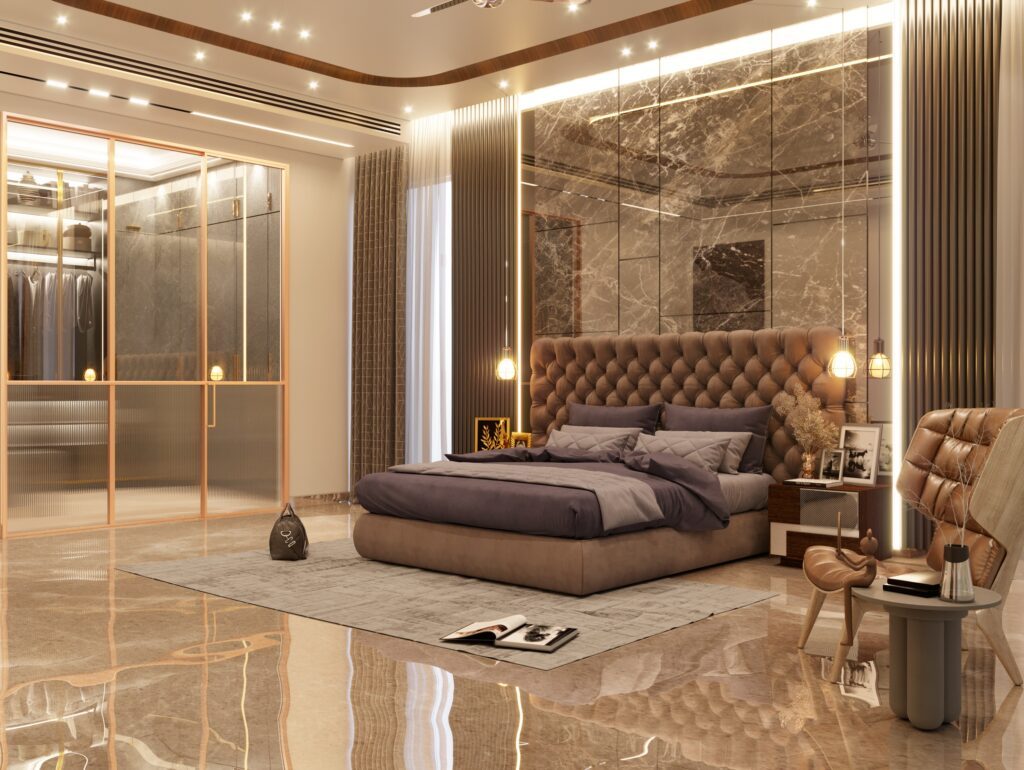
Exteriors a different ball game altogether.
Interiors are one thing, but the design of the exterior of a villa is a different ball game altogether. The design of the elevation and exterior facade has therefore always been a separate field of design, different from interior design. In villa refurbs, it plays a major role since a well-designed facade and lighting can give life and positivity to a villa from the moment one sees and enters it. For exterior refurbs, there are a number of options available, starting from stone tiles, acp, and hpl to regular materials like textured paint, etc. Contemporary design also requires a bit of greenery to show on the outer facade. Designing and visualizing the same on the computer definitely helps in taking the right decision on the facade, and it does take more than the normal number of iterations due to all the different options available.

